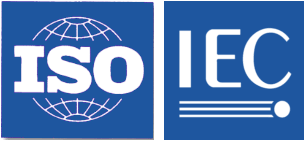Information technology — Automatic identification and data capture techniques — Unique identification — Part 6: Groupings
This part of ISO/IEC 15459 specifies a unique string of characters for the identification of groupings of products, product packages, transport units and items. The character string is intended to be represented in a linear bar code symbol and two-dimensional symbol or other AIDC media attached to the entity to meet management needs and/or regulatory needs (e.g. customs clearance). To address these needs different types of identifiers are recognized in the various parts of ISO/IEC 15459, which allows different requirements to be met by the unique identifiers associated within the context of the specific parts of ISO/IEC 15459.
The unique identifiers for grouping or products, product packages, transport units and items enables grouping by e.g. type, characteristics, order, manufacturing, quality, location, movement, etc. to be uniquely identified. It is possible to use with other unique individual identifiers defined in other parts of ISO/IEC 15459. Encoding these unique identifiers in a data carrier enables information about the item processing to be clearly identified.
The identity for groupings is intended for “look-up” purposes, and cannot be directly used as an entity identity in the strictest sense of the definition as used, for example, in ISO/IEC 15459-1, ISO/IEC 15459-4, and ISO/IEC 15459-5.
